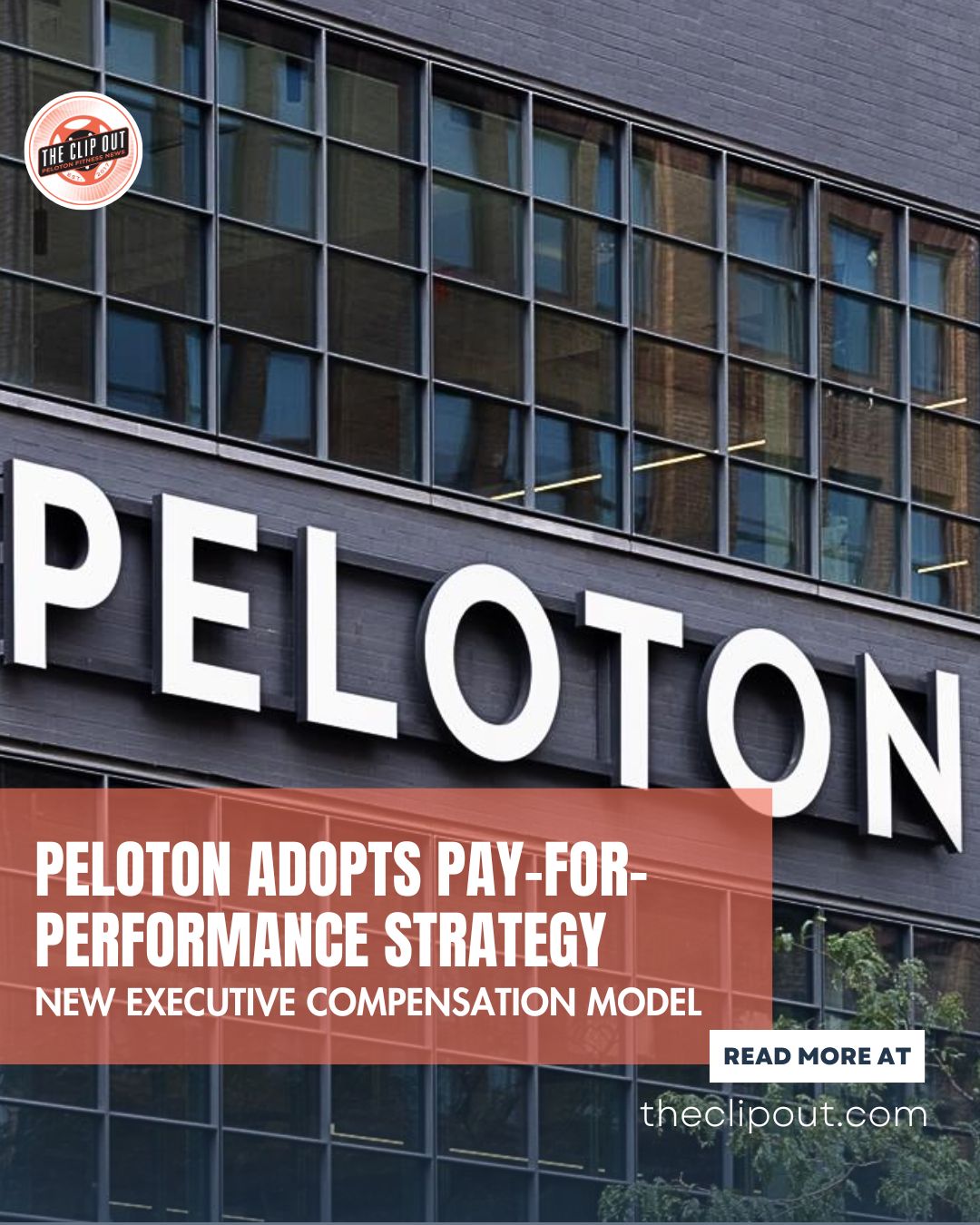Peloton Adopts Dynamic New Pay for Performance Model
Peloton’s New Pay for Performance Model
Peloton has introduced a revamped executive compensation plan, emphasizing a pay for performance model. This shift aims to align leadership incentives with the company’s operational and strategic goals, reflecting a broader trend in corporate governance.
The redesigned plan, approved by Peloton’s board, introduces significant changes to base salaries, annual bonuses, and long-term incentives. Here’s what you need to know about this new approach.
Key Changes in Peloton’s Executive Compensation
-
Base Salaries:
- Executives will receive a base salary of $850,000 for the current fiscal year (starting July 1).
- This will decrease to $635,000 in the next fiscal year.
-
Annual Bonuses:
- Bonuses are tied to performance, with payouts ranging from 0% to 200% of the target.
- For the current fiscal year, bonuses are set at 20% of the pro-rated base salary.
- By fiscal 2027, bonuses will increase to 60% of the base salary.
-
Long-Term Incentives:
- Starting this fiscal year, 70% of long-term incentives will be time-based restricted stock units (RSUs).
- The remaining 30% will be performance-based RSUs.
- This is a shift from the previous model, which relied solely on time-based RSUs.
Why Peloton is Shifting to Pay for Performance
The new compensation structure reflects Peloton’s commitment to aligning executive pay with company performance. By tying bonuses and long-term incentives to measurable outcomes, the company aims to:
- Drive accountability among its leadership team.
- Align executive goals with shareholder interests.
- Stay competitive with market practices in executive compensation.
Peloton’s board has stated that this approach is designed to reflect its “pay for performance philosophy” while ensuring alignment with industry standards.
How the Transition Will Work
The transition to the new pay for performance model will occur over a two-year period. Some executives who joined Peloton last fiscal year already have packages that align with this philosophy.
During the transition, annual bonuses will be evaluated based on:
- Operational performance.
- Progress toward strategic goals, as recommended by the CEO.
This phased approach allows Peloton to gradually implement the changes while maintaining stability in its leadership team.
Implications for Peloton’s Future
Peloton’s move to a pay for performance compensation model signals a strategic shift in how the company approaches leadership incentives. By tying pay to performance, Peloton aims to foster a results-driven culture that prioritizes both short-term operational success and long-term strategic growth.
However, the success of this model will depend on the company’s ability to set clear, achievable goals and accurately measure performance. As Peloton navigates a competitive market, this approach could play a crucial role in driving its future success.
Tune in to The Clip Out every Friday to hear Tom and Crystal’s take on this and other hot Pelotopics. We’re available on Apple Podcasts, Spotify, Google Podcasts, iHeart, TuneIn. Be sure and follow us so you never miss an episode. You can also find the show online on Facebook.com/TheClipOut. While you’re there, like the page and join the group. Lastly, find us on our YouTube channel, YouTube.com/TheClipOut, where you can watch all of our shows.
See something in the Peloton Universe that you think we should know? Visit theclipout.com and click on Submit a Tip!
Latest Podcast

Subscribe
Keep up with all the Peloton news!








